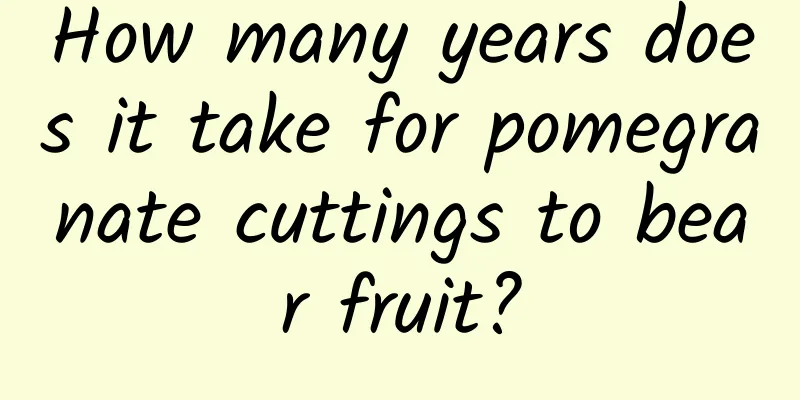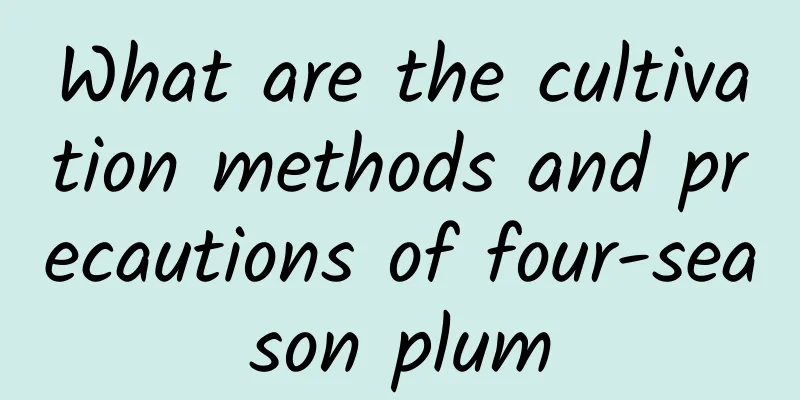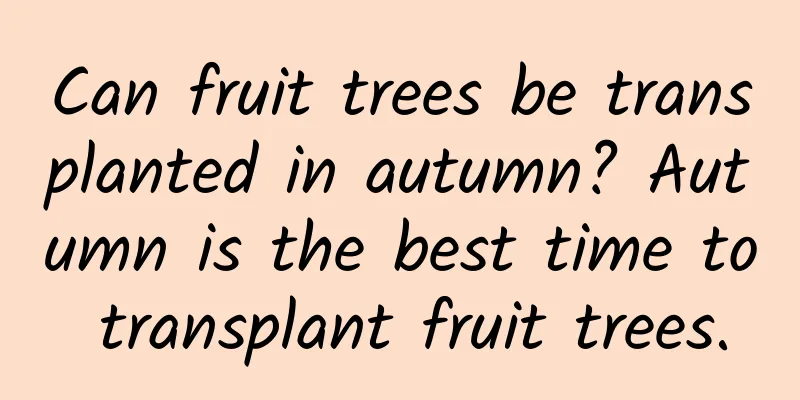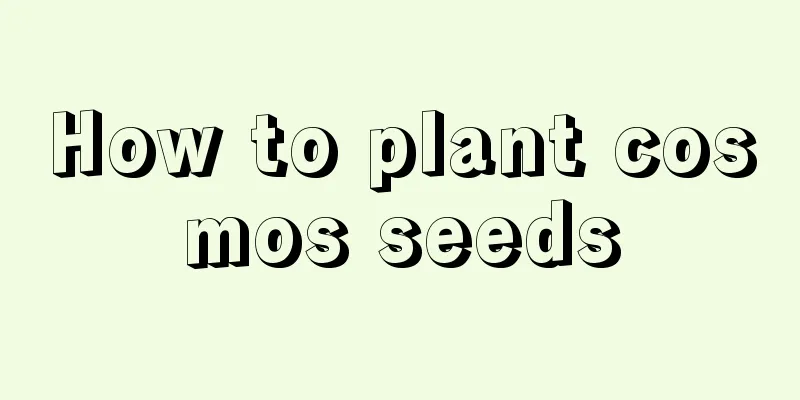How many years does it take for pomegranate cuttings to bear fruit?

Introduction to growing pomegranatesPomegranate cuttings prefer a warm, humid environment and an environment with plenty of sunlight. They are not shade-tolerant, but are drought-tolerant, cold-tolerant, and barren-tolerant. They have a wide range of adaptability to soil, but are best planted in loose, fertile, and well-drained soil. They are suitable for transplanting in autumn and the following spring. They are cultivated in both north and south China. Pomegranate cuttings resultsPomegranate cuttings have a short growth cycle and can bloom and bear fruit in just 3-4 years. Choose strong, disease-free branches as cuttings, place them in a well-ventilated place to dry the wounds, then insert them into loose and fertile soil. Water them once to keep the soil slightly moist. Why don't pomegranate cuttings bear fruit?1. Insufficient light. Pomegranate likes sunlight and needs sufficient light during the growth and flowering periods. If there is insufficient light or it is rainy, pollination will be affected. 2. Nutritional mismatch. Nitrogen fertilizer should not be applied during the pomegranate flowering period, and watering needs to be controlled. If too much nitrogen fertilizer is applied or insufficient water is provided, it will affect the results. 3. The degeneration of floral organs. The development of floral organs and fruit growth are largely controlled by nutritional status. Key points for planting pomegranate cuttings1. Light: In order for pomegranate cuttings to form flower buds, they need to provide suitable temperature and sufficient growth. The more light there is during the growth period, the more and brighter the flowers will be. When there is insufficient light, only leaves will grow without blooming, affecting the ornamental effect. The suitable growth temperature is 15 to 20 degrees. The temperature in winter should be below minus 18 degrees Celsius, otherwise it will be damaged by frost. 2. Water and fertilizer: Pomegranate cuttings need to be repotted every 1-2 years, and sufficient base fertilizer should be applied. During the growth period, topdressing fertilizer is required 3-5 times. Weeding should be carried out in time to reduce nutrient loss, and the potting soil should be kept moist at all times to avoid dryness or over-humidity. |
<<: How many years does it take for sugar oranges to bear fruit?
Recommend
What fertilizer is best for yellow peel
Fertilization time for yellow peel Huangpi is gen...
The 4-square-meter enclosed balcony is home to tens of thousands of flowers, so you can enjoy flowers all year round!
"Deep Blue and Deep Purple Bean" said t...
How to keep konjac seeds and where do the seeds come from?
How to keep konjac seeds Konjac is also called ko...
How to grow the succulent plant Star Flower
Growth habit Opuntia is a genus of Opuntia in the...
How to prune scattered bamboo
When to prune the bamboo Loose-tail bamboo can be...
Geranium cutting method and time
Geraniums are famous for their long flowering per...
Add some of this to your pot of green radish and asparagus fern, and the leaves won’t turn yellow or attract insects. You can fill two pots in one year!
Add some soybeans to the green radish and the lea...
What kind of planting material should be used for Cymbidium orchid? Is it easy to bloom? Is it easy to grow?
1. What kind of planting material to use Cymbidiu...
How to preserve daffodil bulbs and how to choose daffodil bulbs
1. Methods of bulb preservation 1. Store in a dry...
When is sugarcane planted?
Sugarcane is a tall, solid perennial herb that is...
How to grow Rieger Begonia
temperature In terms of temperature, the suitable...
Can corn cobs be used as fertilizer?
Corn cobs as fertilizer Corn cobs can be used as ...
Common varieties of morning glory
Morning glory The leaves are deeply three-lobed, ...
How many times can cucumbers be planted in a year?
Cucumber is a common vegetable and is given prior...
Cultivation methods and precautions of Pyracantha bonsai
In autumn and winter, the most attractive bonsai ...









